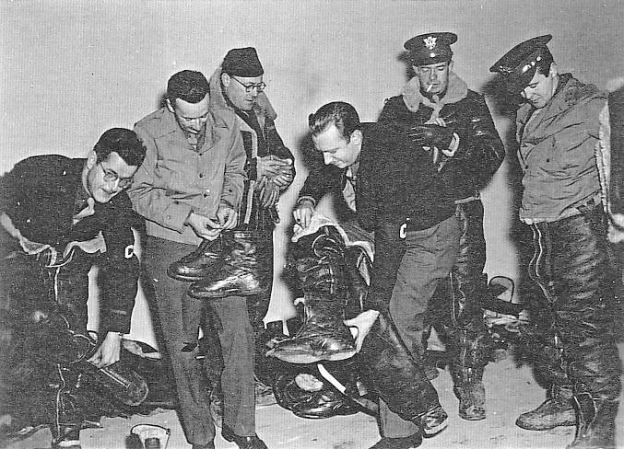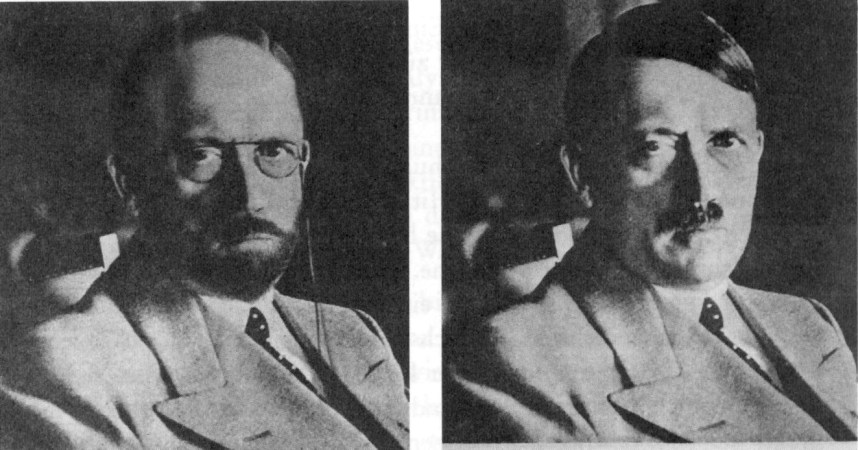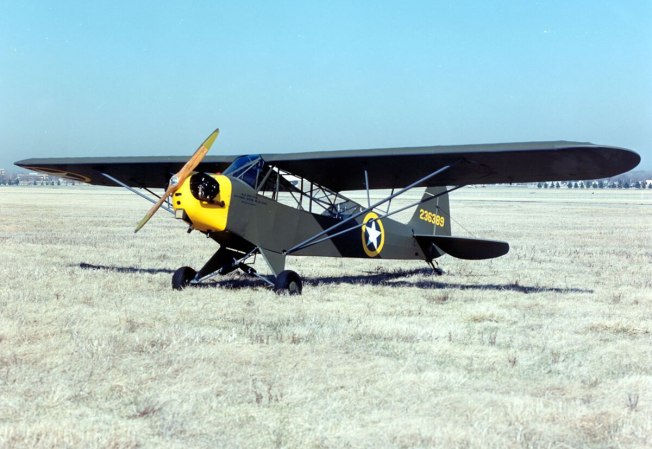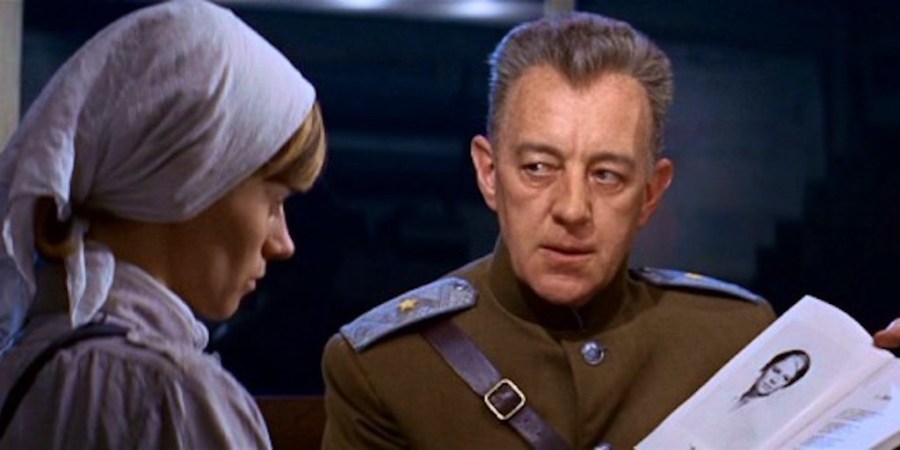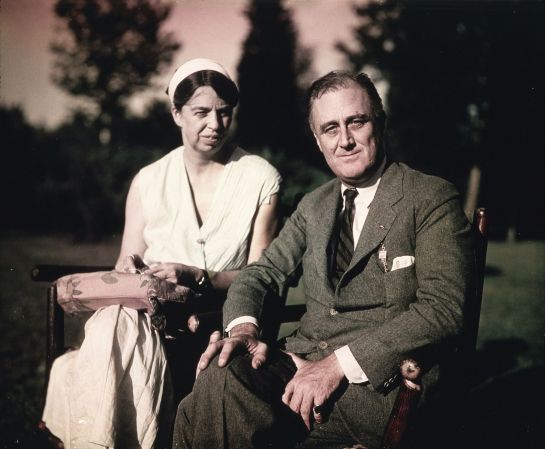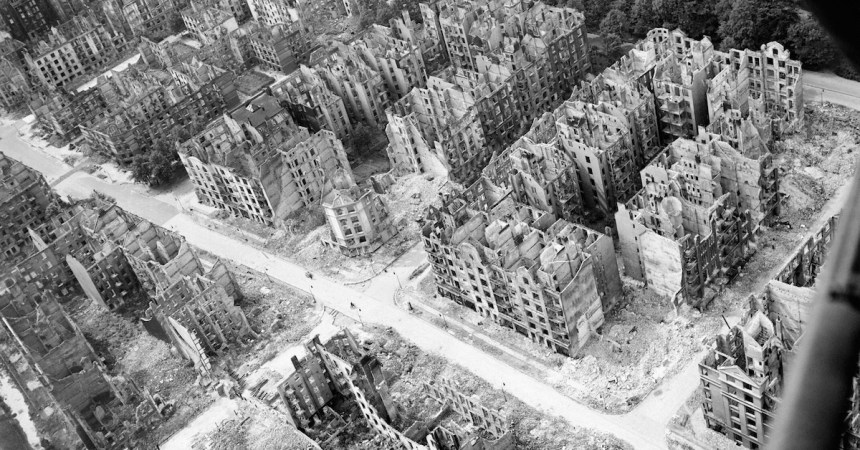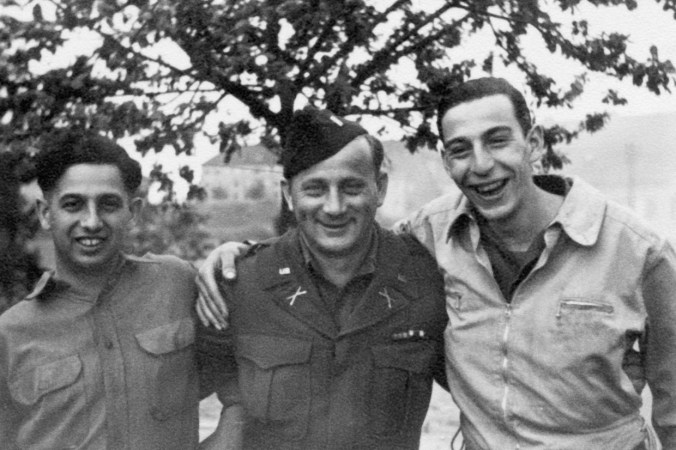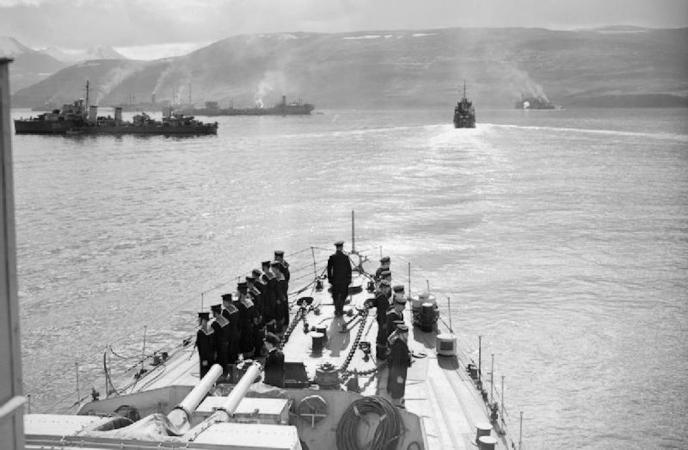In June of 1940, things were looking pretty bleak for the British. The country was literally in the middle of an all-hands effort to prevent a hostile invasion from Nazi Germany, which had just pushed the British off of continental Europe at Dunkirk and forced all of France to capitulate. The Battle of France was over; the Battle of Britain had begun.
When Sir Winston Churchill said, “Never in the field of human conflict was so much been owed by so many to so few,” he was referring to the Royal Air Force pilots who ensured Britain had air superiority over its own island. For nearly four months, German fighters and bombers terrorized the skies over London and elsewhere. For those same four months British airmen scrambled to their planes and met the Germans.
Among those pilots was Ray Holmes, a journalist in civilian life, who would forever save one of England’s most prized and historic locations: Buckingham Palace. Holmes, like many other RAF airmen, was willing to give his life for the cause – and he very nearly did. In September 1940, he lived his personal finest hour.
Before becoming a “Hero’s Hero,” Holmes was your average, everyday Britisher. Born in 1914, he grew up in Cheshire to a working family and eventually became a crime reporter at the local paper. He joined the Royal Air Force Volunteer Reserve in 1936, after Hitler rearmed Germany, but years before the specter of war began looming on the continent. After Britain declared war on Germany, he went to the RAF full time, joining No. 504 Squadron.
Holmes would make history as the first British pilot to shoot down a German bomber over London during the Battle of Britain, but that wasn’t his boldest feat during the war. On the night of Sept. 15, 1940, “Arty” (as his fellow pilots called him because of his initials, R.T.), was flying a Hawker Hurricane when he spotted a trio of Dornier Do 17 bombers headed for London to make a bombing run. He was determined to stop them.

The first Dornier spewed a stream of oil at his windshield, oil that was meant to ignite as a flamethrower. Luckily for Arty, the oil didn’t burn in the night sky, so he just got a surprise covering his cockpit. When the oil cleared, he had to drop to avoid hitting one of the bombers, but he was able to engage the second one. When he did, he saw a white flash in the sky. Holmes thought he’d taken off part of the wing.
It wasn’t the wing; it was one of the German crewmen, bailing out of his aircraft. The white flash Holmes saw was the crewman’s parachute. The parachute opened, but got stuck on Holmes’ wing, dragging the man along at hundreds of miles per hour. When he finally freed himself from the errant parachute, he could focus on the third bomber – which he saw was headed straight for Buckingham Palace.
Holmes positioned himself to down the German bomber before it could reach one of Britain’s most famous landmarks, but soon found himself out of ammunition. According to his account in author Matthew Parker’s “Battle of Britain: July–October 1940 – An Oral History of Britain’s ‘Finest Hour,’” Arty decided on a last-ditch act of desperation: he was going to ram the enemy aircraft.
Arty attempted to hit the bomber’s port tail fin with his own port wing, but according to Holmes’ description of the event, he actually took off the entire rear part of the bomber. The Dornier bomber went into a dive and crashed into the Victoria Station of the London Underground. The rest of the German crew bailed out, with three of the five men surviving. Holmes’ plane became unresponsive and went into a dive of its own, so Holmes had to bail out. After hitting his fighter’s tail fin, he finally opened his chute and landed in a London garden.
The British press hailed his act of selfless bravery, even though the RAF wasn’t technically supposed to go about ramming other aircraft. Holmes would go on to fly more missions and even train Soviet pilots on the war’s Eastern Front. He would survive the war and live until the age of 90, dying in 2005.


